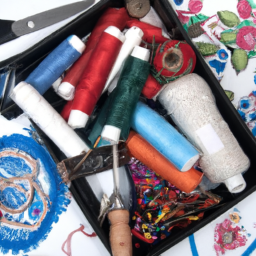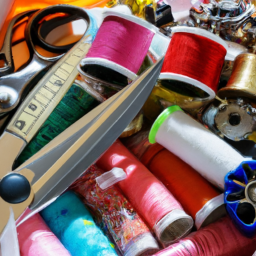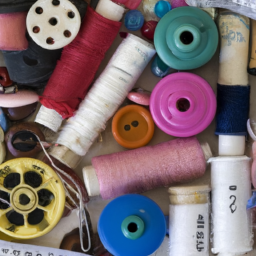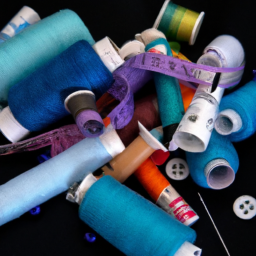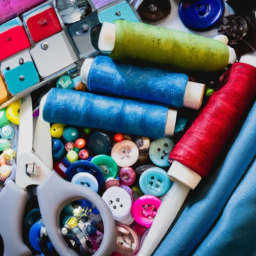

When it comes to sewing, one of the essential skills to learn is how to sew fabric together. Whether you’re a beginner or an experienced seamstress, knowing the right techniques can make all the difference in your sewing projects. Here, we will explore some popular methods for sewing fabric to each other.
The Running Stitch
The running stitch is one of the simplest and most versatile stitches used in sewing. It involves using a needle and thread to create a series of small, evenly spaced stitches through the fabric layers. This stitch is commonly used for basting, gathering fabric, and joining fabric pieces temporarily.
The Backstitch
The backstitch provides a stronger and more secure seam compared to the running stitch. It involves sewing forward and then doubling back on each stitch, creating a solid line of stitching. This stitch is ideal for sewing seams that require extra durability, such as on garments or bags.
The Zigzag Stitch
The zigzag stitch is often used to finish raw edges or to sew stretchy fabrics together. It creates a zigzag pattern by alternating between left and right movements of the needle while sewing. This stitch allows the fabric to stretch without breaking the thread, making it suitable for sewing activewear, knits, and decorative trims.
The French Seam
The French seam is a neat and elegant way to finish fabric edges, enclosing the raw edges within the seam. It involves sewing two lines of stitching, one on the wrong side and the other on the right side of the fabric, resulting in a clean finish on both sides. French seams are commonly used on delicate fabrics like silk or chiffon, as they prevent fraying and add a professional touch.
The Overlock Stitch
An overlock stitch is executed using a serger or overlock machine, which trims the fabric edges, sews, and finishes them in one step. This stitch creates a strong and professional-looking seam, commonly seen on ready-to-wear clothing. It is particularly useful for sewing fabrics that tend to fray, such as woven cotton or linen.
Conclusion
Mastering the art of sewing fabric together opens up a world of possibilities for creative projects. Whether using basic hand stitches or advanced machine techniques, taking the time to learn and practice different sewing methods will significantly improve your sewing skills. So, grab your needles, threads, and fabrics, and start stitching away!
- The running stitch is a simple hand stitch suitable for temporary joins and gathering fabric.
- The backstitch provides more durability and strength for permanent seams.
- The zigzag stitch is ideal for stretchy fabrics and finishing raw edges.
- The French seam offers an elegant and professional finish, great for delicate fabrics.
- The overlock stitch, usually done with a serger, trims and finishes fabric edges concurrently.
Remember to always select the appropriate stitch for your fabric type and desired outcome. With practice and experimentation, your sewing projects will soon showcase beautifully stitched fabric!
